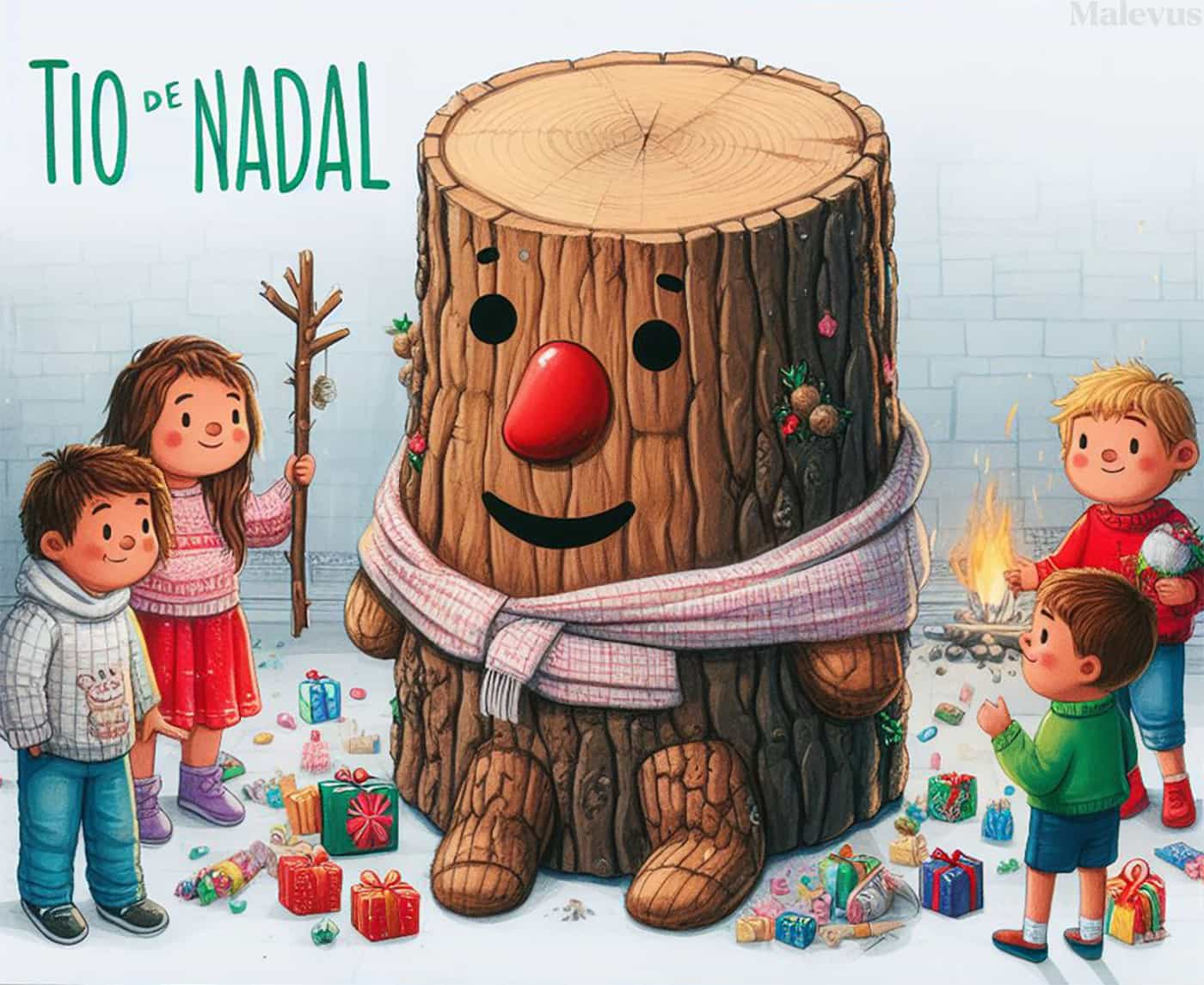Tio de Nadal: A Christmas Log That Poops Gifts
In order to get Tio de Nadal to "defecate," kids start to strike it with a stick in turns or all together to the rhythm of the song.

In order to get Tio de Nadal to "defecate," kids start to strike it with a stick in turns or all together to the rhythm of the song.

